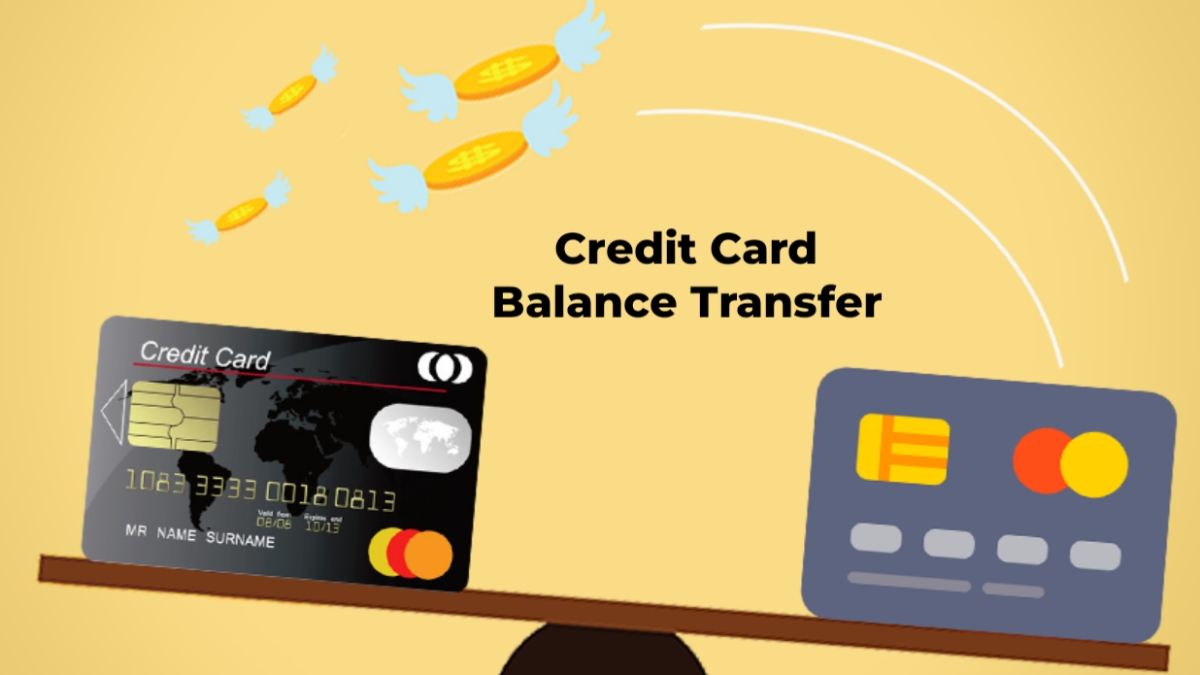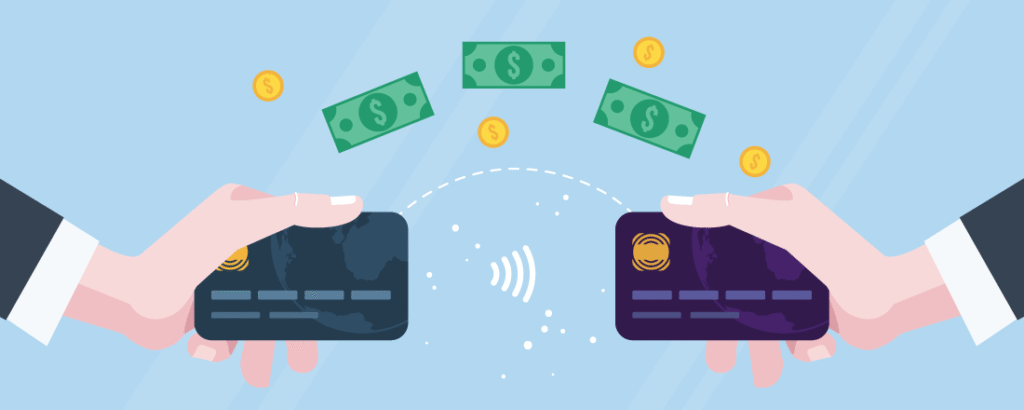Your cart is currently empty!

How to Use a Credit Card Balance Transfer Like a Pro
Let’s face it, credit card interest may slowly drain your pocketbook. Each month, you progressively lower your balance, but interest consumes the majority of your payment. Have you ever felt that your progress is slow? You’re not by yourself. This raises an important question:
“What if there was a way to put a stop to all that interest and start actually paying off your debt?” In this case, a “credit card balance transfer” may be useful.

What Exactly Is a Balance Transfer?
Transferring your current credit card debt to another card, usually one that offers a low or 0% interest rate for a predetermined period of time, is known as a balance transfer. It’s similar to temporarily putting your loan in a “no interest” zone so you can actually start paying it off. These promotions are frequently used by Credit card companies regularly use these promos to draw in new customers. They are referring to advertisements that say things like “0% APR for 15 months.” The purpose of these promotions is to offer you some breathing room. Although the idea is straightforward, there are a few things you should know before you get started.
How a Balance Transfer Works
Applying for a credit card with a special intro rate on balance transfers is the first step in the process. After being accepted, you request that the new lender transfer your current balance—or perhaps multiple balances—from other credit cards. Those balances are paid off directly by the new credit card provider, and the entire amount is transferred to your new card. You then make monthly payments to pay it down. The normal rate takes effect when the zero-interest period finishes, so it’s important to take advantage of it.
Why People Use Balance Transfers to Get Ahead
People use balance transfers for one straightforward reason: to save money. Transferring your balance to a 0% APR card might return hundreds or even thousands of dollars to your pocket if you’re currently paying 20% or more in interest. It’s also an excellent method of debt simplification. You can consolidate all of your payments onto a single card rather than managing several due dates and payments. It somewhat simplifies life and reduces the stress associated with money management.
Watch Out for Balance Transfer Fees
The majority of balance transfer cards charge a fee when you change your balance, so don’t get too excited just yet. Usually, this expense falls between 3% and 5% of the total transfer value. Therefore, you may have to pay up to \$200 up front if you move for about $4,000. Although that may seem like a lot, the transfer may still be a wise financial choice if it saves you more in interest than fees. Simply calculate the numbers before switching.
Choosing the Right Balance Transfer Card
Not all balance transfer cards are created equal. Here are some things to consider if you intend to choose this route:
•Intro APR: 0% interest for 12 to 21 months is offered on the best offers.
•Initial period length: greater time implies greater room to pay it off without incurring additional fees.
•Transfer fee: While most rare cards have this fee, some do not, so compare.
•Credit limit: Verify that the card can manage the entire amount you wish to transfer.
Ongoing APR: Find out what the rate will be following the conclusion of the introduction period. You can avoid surprises later by doing some research beforehand.
How to Make the Most of a Balance Transfer
Obtaining a balance transfer card is only the beginning; the real effort begins later. Here’s how to ensure that it goes your way: Don’t settle for the bare minimum; instead, pay aggressively. Aim for it by dividing your entire balance by the number of promotional months.
•Avoid making new purchases with the card: Certain cards charge interest on new transactions on a regular basis. Keep it tidy and debt-focused.
•Always make on-time payments: A single late payment may result in fines and the cancellation of your promotional rate.
Make a strategy for the payoff: Determine your precise monthly payment amount to pay off your debt before interest starts to accrue. Here, discipline is crucial. You will save more money if you are more deliberate.
When a Balance Transfer Might Not Be a Good Idea
Although a balance transfer may seem like a wonderful idea, it’s not always the best course of action. Here are some circumstances in which it might not be effective:
•You have an excessively low credit score: Most folks with decent credit (often 670+) are eligible for these offers. You might not be eligible if yours hasn’t arrived yet.
•You don’t intend to repay it: It could backfire if you’re just moving your debt without dealing with the underlying issue.
•You feel like spending more: It may seem like you have more money when you get a new card, but that attitude can result in additional debt.
•The costs exceed the advantages: It could not be worthwhile if the transfer price turns out to be greater than the interest you would save. Be truthful with yourself. If it would help you progress, go for it.There might be better choices, though, if it only makes the issue worse.
What About Your Credit Score?
Your credit may be impacted by a debt transfer, but not always negatively. This is what to anticipate:A hard query on your credit record at the time of application will probably cause a slight drop.
•Your credit utilization ratio might improve: if the new card increases your total available credit..
•Responsible use (no new debt and on-time payments) can gradually raise your score. In short, it depends on how you deal with it subsequently. Your credit score may appreciate it if you use the card responsibly.
Don’t Qualify? Here Are Some Alternatives
Don’t worry if you decide that transferring your balance isn’t the best course of action or if you are denied approval. Here are some additional solutions for debt relief: With a reduced, set interest rate, you can combine several obligations into a single loan with a debt consolidation loan.
•Debt management plans: These programs, which are provided by nonprofit credit counseling organizations, assist you in organizing and lowering your monthly payments.
•Avalanche or snowball methods: These are two well-liked do-it-yourself strategies for debt repayment, which either focus on the highest interest rates or the smallest balances initially. There is no one-size-fits-all answer. Choose what fits your goals, mindset, and way of life.
Conclusion: Is a Balance Transfer the Right Move?
When utilized properly, a credit card balance transfer can be a very useful tool. When it comes to debt, it offers you something uncommon-a chance to catch up- but it’s not a magic wand. A balance transfer could be the smartest financial decision you make this year if you’ve done the math and are prepared to dedicate yourself to paying off your debt. It all comes down to time, self-control, and understanding your personal financial patterns. What do you think, then? Would a balance transfer enable you to make progress at last?
Leave a Reply